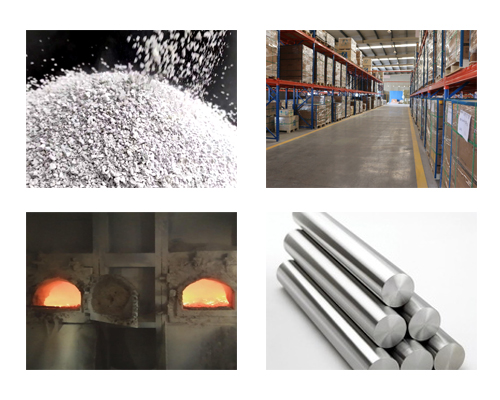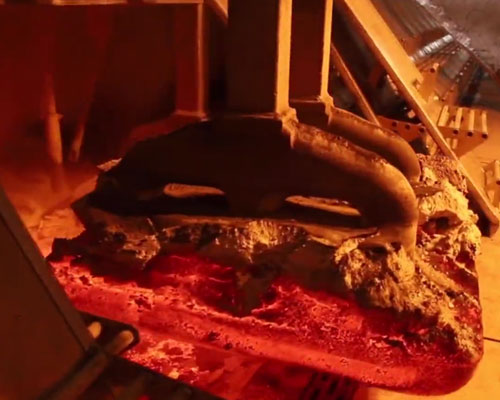Many enterprises use the electrolytic aluminum liquid as much as possible to directly put it into the melting furnace of casting and rolling, which saves the energy required for the secondary remelting of remelted aluminum ingots, reduces burning loss, and realizes energy saving and emission reduction.
Although the use of electrolytic aluminum liquid to directly produce casting and rolling coils can save costs and reduce consumption, compared with remelted aluminum ingots, the excessively high proportion of electrolytic aluminum liquid will directly lead to high hydrogen content, high slag content, and alkali metal content in the aluminum melt. The high and coarse grain size of cast-rolled sheet. Therefore, hydrogen removal, slag removal, alkali metal removal, and grain size refinement are the difficulties that must be solved in the direct production of cast-rolled coils using electrolytic aluminum liquid.
In order to reduce the hydrogen content in the electrolytic aluminum liquid and refine the crystal grains, the method of reducing the temperature of the electrolytic aluminum liquid is adopted. As the temperature decreases, the solubility of hydrogen in the aluminum liquid is significantly reduced.
Through the mixing ratio of different content of electrolytic aluminum liquid, it is found that the molten hydrogen content is the lowest when the mass fraction of electrolytic aluminum liquid is 25%. This is mainly due to the low consumption of electrolytic aluminum liquid. After a small amount of the electrolytic aluminum liquid is added, the temperature of the electrolytic aluminum liquid is reduced by the influence of the aluminum ingot, thereby reducing the solubility of hydrogen in the electrolytic aluminum liquid. In addition, there is heat from the electrolytic aluminum liquid during melting, which shortens the melting time and reduces the hydrogen absorption during the melting process.

In terms of crystal grain control, when all remelted aluminum ingots are used, due to the long melting time of the material, the local crystal grains of the cast-rolled sheet is relatively coarse, and local segregation is prone to occur. When all electrolytes are used, the crystal grains of the cast-rolled sheet are coarse. When a certain amount of cold material (solid material) is used in the ratio, the addition of cold material increases the number of nucleation of electrolytic aluminum liquid, which is conducive to crystal grain refinement, and the cold material is melted by the heat of the electrolytic aluminum liquid, which speeds up melting speed.
The billets with strict requirements for alkali metals are refined with refining agents, which can meet the requirements.
From the perspective of ensuring product quality and energy-saving, choosing 75% electrolytic aluminum liquid can shorten the melting time, which is beneficial to the control of the hydrogen content and grain size in the aluminum melt. In the production of cast-rolled slabs with common quality requirements such as decorative panels, air-conditioning foils, medicinal foils, food foils, packaging foils, tape foils, etc., 70% to 80% of the electrolytic aluminum liquid is used, and the rest is made of solid materials. In the production of cast-rolled blanks such as wire drawing panels, electronic foils, PS plate bases, double zero foils, etc., considering the influence of electrolytic aluminum liquid on the quality, the electrolytic aluminum liquid is controlled at 30% to 60%, and the rest is made of solid materials.

